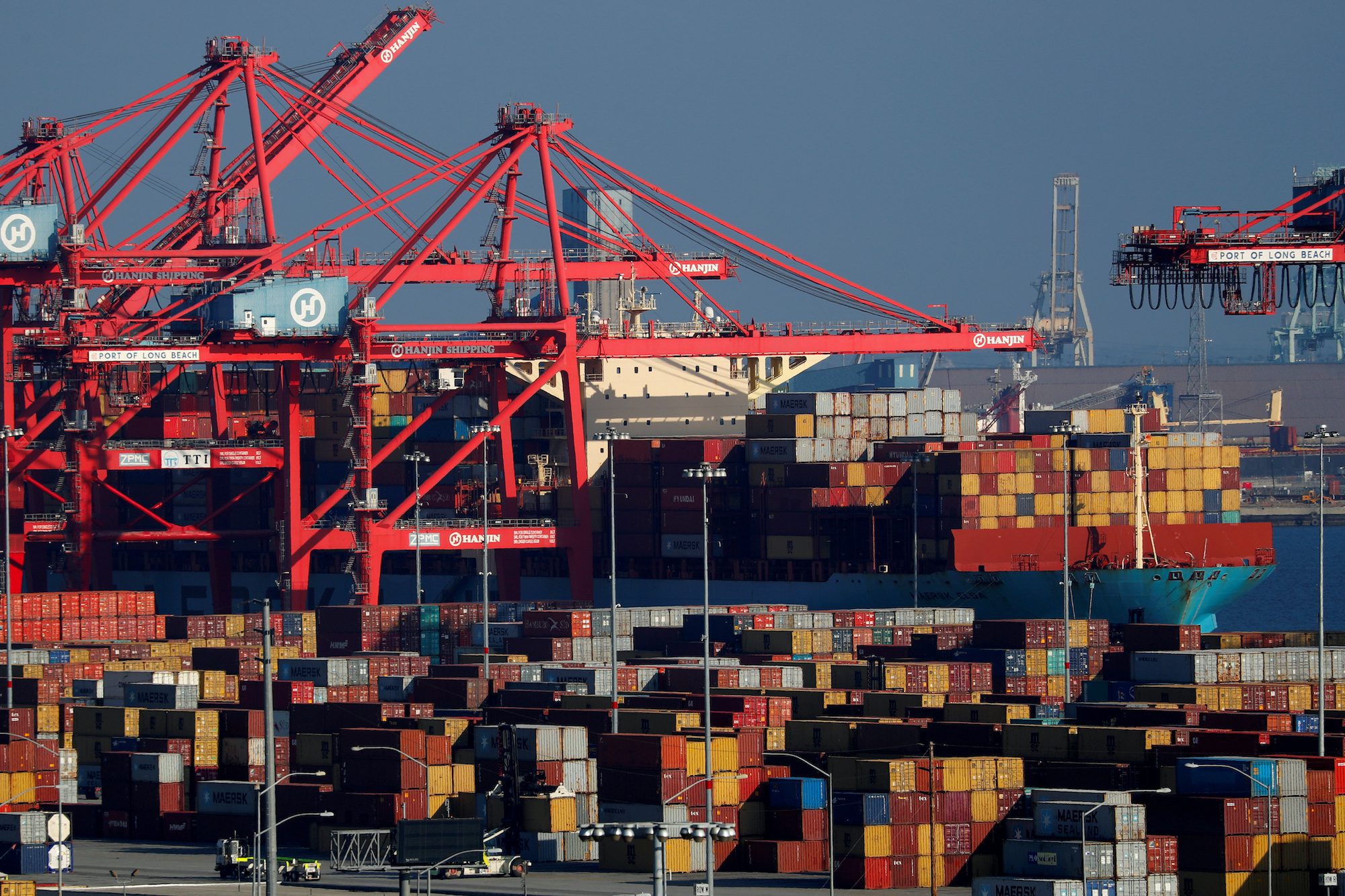A new industry survey by maritime consultancy Drewry reveals that most container shipping stakeholders expect Suez Canal transits to resume before the end of 2025, while bracing for escalating U.S. tariffs that could reshape global trade patterns.
The survey found that 54% of respondents anticipate full-scale Suez Canal operations to resume by the end of 2025, with 29% projecting a 2026 reopening. Only 2% believe the situation will continue beyond 2030.
Red Sea disruptions due to Houthi attacks on shipping and subsequent rerouting of trade flows around the Cape of Good Hope have pushed freight rates higher and cost Egypt at least $7 billion in lost Suez Canal revenue.
Drewry points out that Suez Canal Authority chairman Osama Rabie had expressed optimism about a potential traffic ramp-up by late March, with full recovery possible by mid-year, contingent on a sustained Gaza ceasefire. However, recent developments have complicated the potential return to the traditional Suez Canal route, as U.S. President Trump urged Israel to cancel the ceasefire deal if hostages aren’t returned by February 15th.
The Red Sea crisis has significantly impacted global shipping capacity, with Drewry estimating that Red Sea diversions have reduced effective container shipping capacity by approximately 9%.
Regarding U.S. trade policy, Drewry’s survey indicates widespread expectations of increased tariffs. The most common prediction (32% of respondents) suggests the U.S. effective tariff rate will land between 5-10% by year-end, up from 2.4% in September 2024. More dramatically, 13% of respondents expect tariffs to exceed 20%, reaching levels not seen since the Great Depression.
China appears most vulnerable to new U.S. tariffs, with 85% of respondents expecting additional duties. Mexico (76%), Canada (73%), and the European Union (60%) also rank high on the list of likely targets. Even potential beneficiaries of trade diversion, such as India (16%) and Vietnam (14%), aren’t considered immune from future tariffs.
The impact on container shipping stocks has been notable. The Drewry Maritime Financial Research’s Container Equity Index shows that a $1,000 investment made in early 2019 would have grown to approximately $3,150 by February 10, 2025, outperforming the S&P 500’s return of $2,346. However, the index has fallen 50% from its peak, highlighting the sector’s vulnerability to geopolitical events.
“There is too much noise surrounding events that impact container shipping to confidently predict its course in the short-term,” notes Drewry in their analysis.
As the shipping industry faces a complex interplay between geopolitics and market dynamics, maritime stakeholders are closely monitoring both the Red Sea situation and U.S. trade policy as key factors.
Maersk, the world’s second-largest ocean carrier, announced this month that it expects global container volume to grow by approximately 4% in 2025. However, the company acknowledged its outlook depends on several key factors—particularly the uncertainty surrounding the Red Sea’s reopening amid the current Israel-Hamas ceasefire in Gaza. Maersk projects its operating profit will fall between USD 0.0-3.0 billion in 2025, though this forecast is likely to shift as the year unfolds.

 Join The Club
Join The Club











